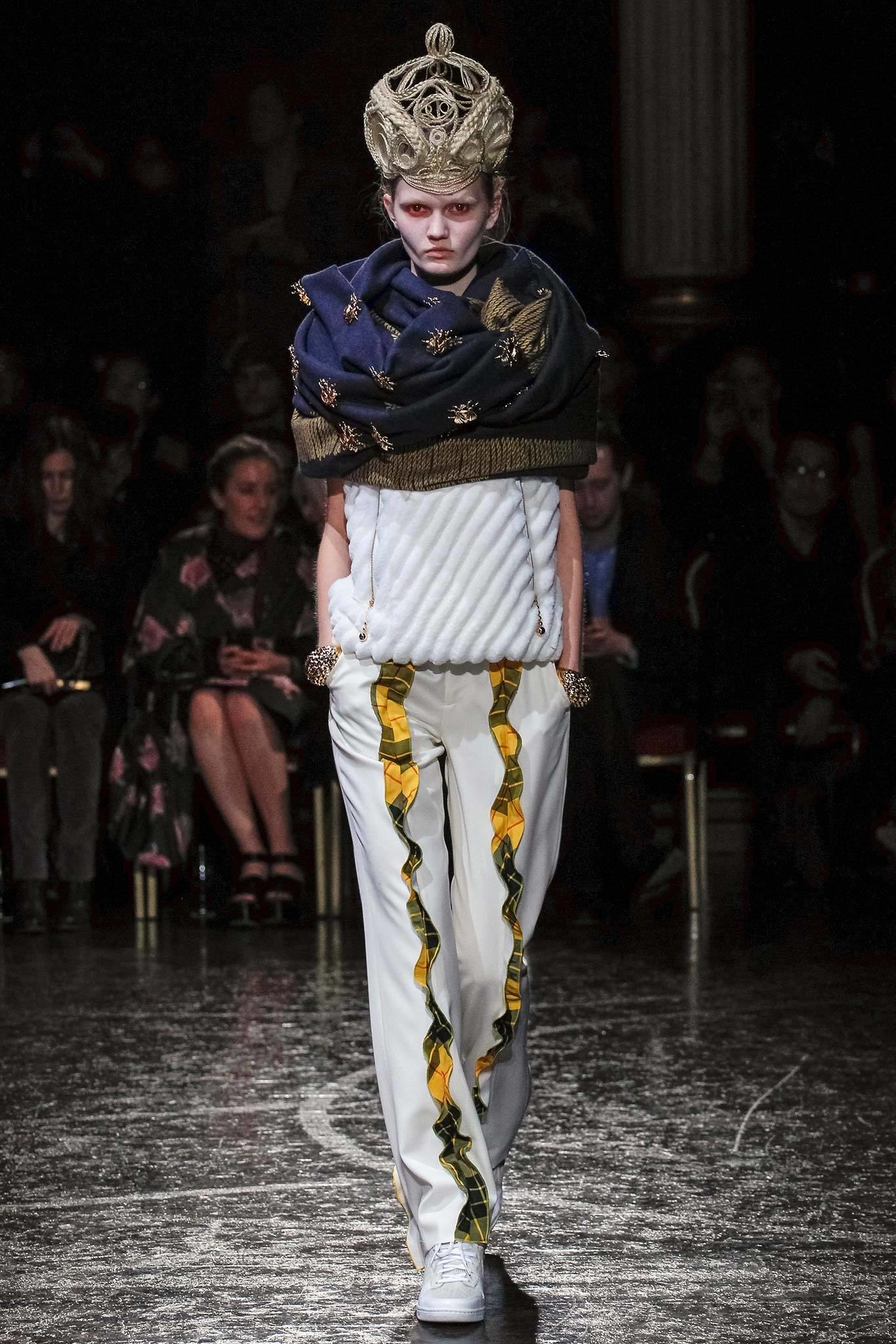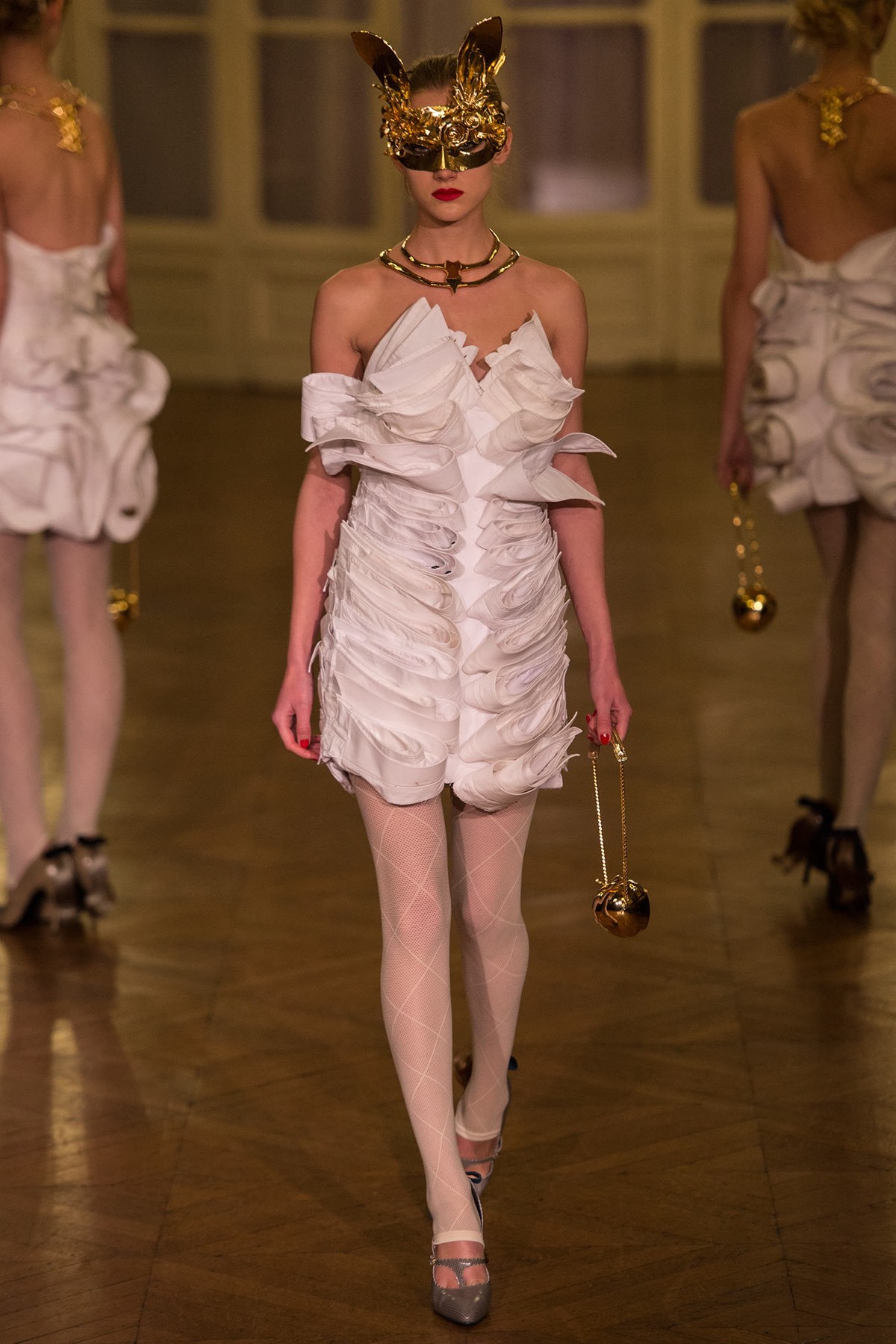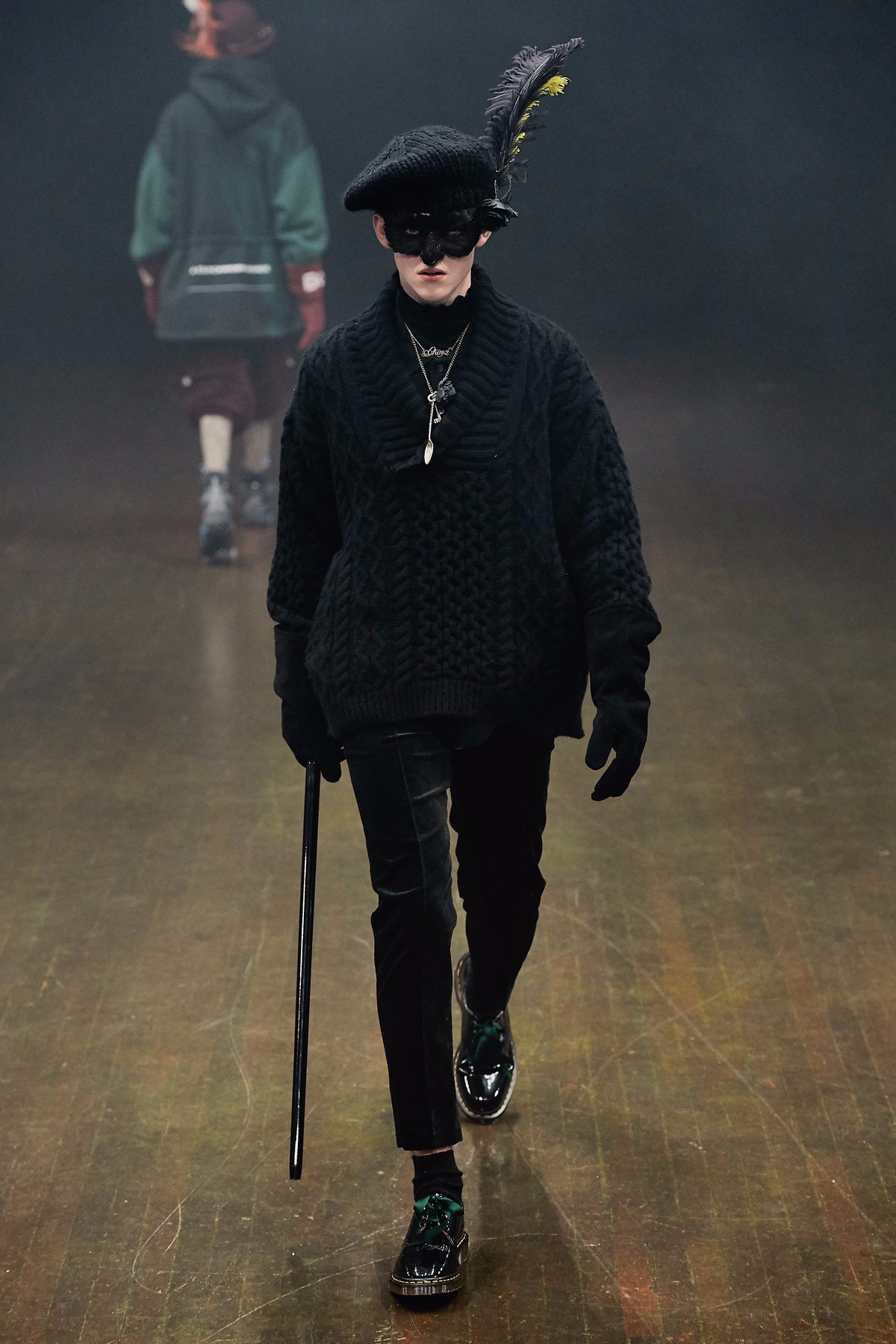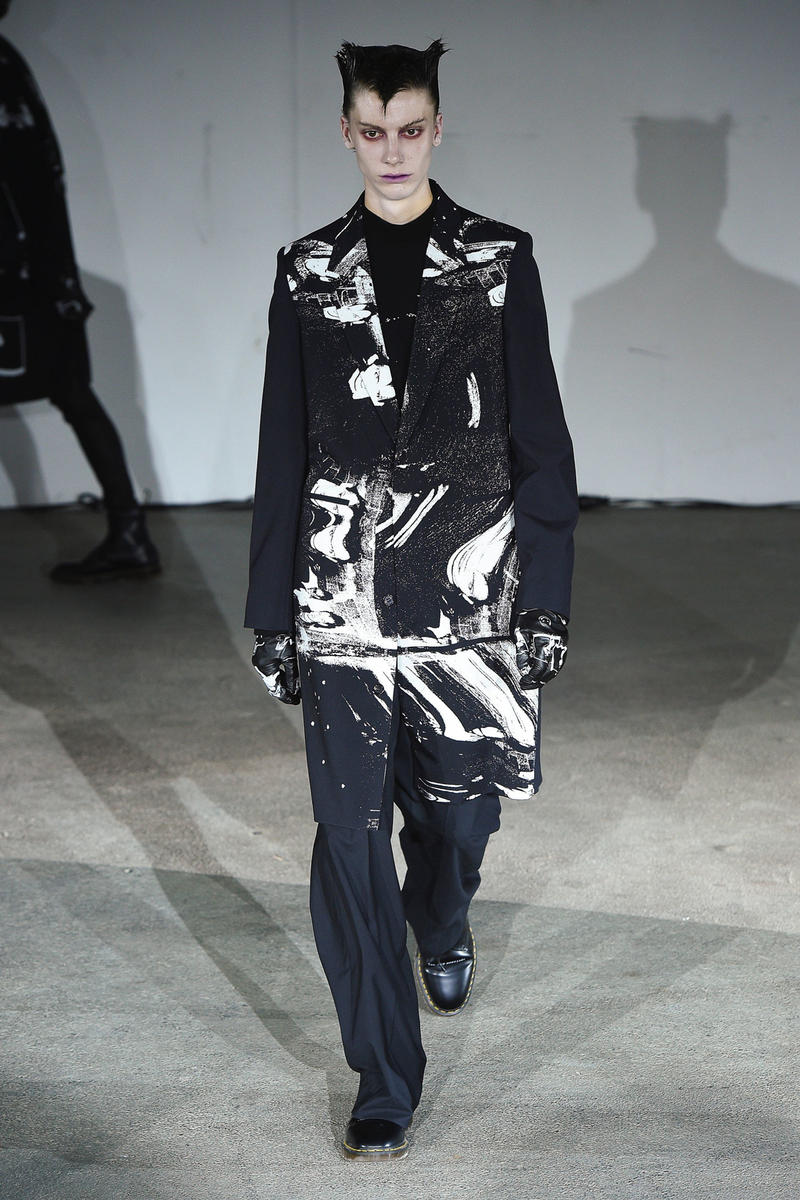We Make Noise, Not Clothes - Undercover by Jun Takahashi
By Hannah Schmidt-Rees
Founding the high-end streetwear brand Undercover while still studying at Bunka Fashion College in Tokyo, Takahashi's first boutique, 'Nowehere' opened in Ura-Harajuku in 1993. Showing his first collection at Japan Fashion Week just a year later in 1994, it was clear that Undercover was a brand to keep an eye on.
Unsure of his own creative direction while studying, it wasn't until Takahashi saw his first Comme des Garcons show that he became inspired to break stereotypes. Takahashi began to blend streetwear with experimental concepts, creating a creative mix of street, chaos, fragility, peace, drama and humour. His unique take on streetwear resulted in Undercover becoming one of the fastest growing streetwear brands in 1990s Japan. The 90s was an era of the boom of street culture, pop culture and social 'tribes' mixing with minimalist design. Takahashi's creative high-fashion take on these concepts were fresh and unique.
Undercover's early shows were guerrilla in style and intimate; often held in warehouses and parking lots and with Takahashi's friends as models. The front row was designated for fans, rather than the press, who were relegated to the back row.
“I was so impressed. It convinced me to think of fashion design as being completely free in creative expression. With her work, Kawakubo said, ‘It doesn’t matter if it’s avant-garde or street: creativity is creativity.’”
After 4 years of designing for Undercover and being mentored by none other than Rei Kawakubo (Kawakubo was an early fan of Takahashi's work), Takahashi was persuaded to visit Paris in 1998. It wasn't until 2002 when Takahashi presented his first Undercover collection at Paris Fashion Week.
Singer for a Sex Pistols cover band (The Tokyo Sex Pistols) in the 90s, Takahashi's immersion in the punk subculture is evident in his work. Vivienne Westwood was an important role model for Takahashi in his early work (Takahashi collected vintage Seditionaries pieces and even published a book about them). Undercover's early collections included patched leather jackets and distressed t-shirts. As Takahashi grew as a designer, Undercover's focus transformed to have a bigger emphasis on tailoring and abstract fantasies, while still including the contradictory and taboo nature of punk fashion.
Creating dresses out of men's shirt collars and evening jackets from layers of vintage lingerie. The Fall 2019 menswear collection was based around Stanley's Kubrick's A Clockwork Orange (1971), mixing and matching modern streetwear with 17th century fashion. Models walking down the runway in devilish red contact lenses and angelic crowns intricately made from braided hair. Elaborate head pieces made from flowers and lace, as well as references to taxidermy and manga. Takahashi has no boundaries for what he creates for Undercover.
Overseeing two menswear collections, two womenswear collections, his collaborations with other brands and two diffusion lines (JohnUndercover and SueUndercover) every year, Takahashi is constantly under pressure to create new concepts and collections for his independent brand. However, his creativity is never affected nor ignored. Collaborating with iconic brands, including Nike, Uniqlo and Supreme; Undercover uses these collaborations to create collections that would be difficult to execute by a small and independent fashion brand, rather than just a cash-grab.
“We’re still a relatively small company and struggle with financial issues. I am not really interested in making a lot of money. I am only interested in making money insofar as it allows me to be free to pursue my creative projects.”
Now with a large cult following, Jun Takahashi and his brand Undercover is a perfect example of a fashion brand embracing creative freedom rather than financial profit. Exchanging an easily identifiable and commodified look for a completely new theme every collection, Takahashi's values as a fashion designer should be admired and replicated.






